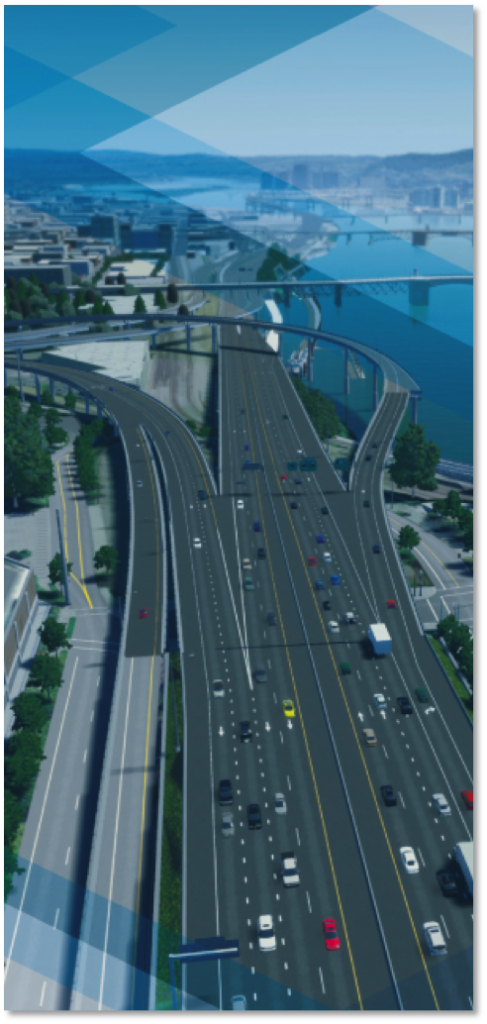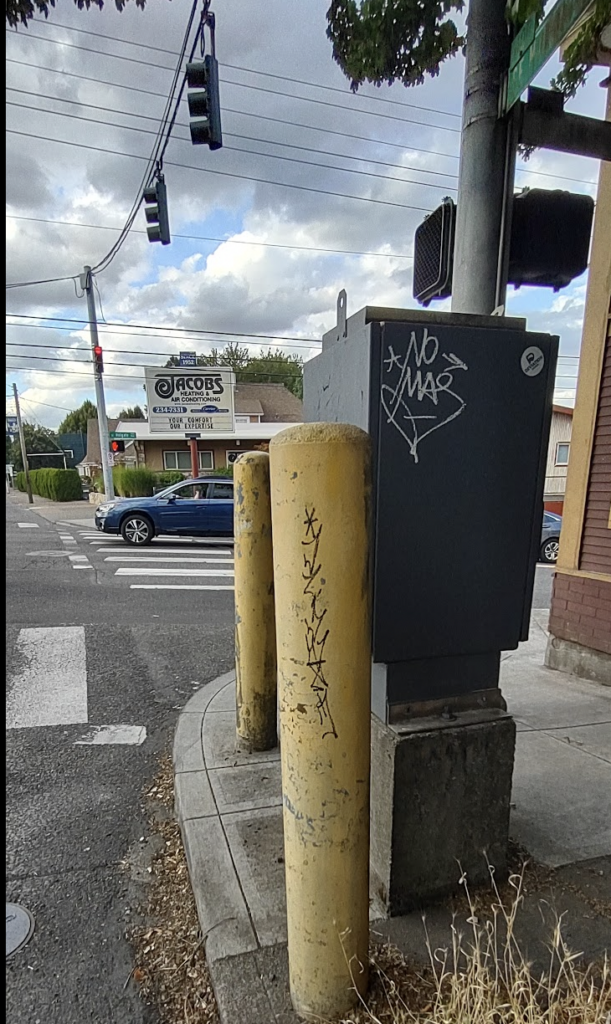What City Observatory did this week
Rose Quarter: Death throes of a bungled boondoggle. For years, we’ve been following the tortured Oregon Department of Transportation Plans to widen a 1.5 mile stretch of I-5 near downtown Portland. The past few months show this project is in serious trouble. Here’s a summary of our reporting of key issues.
- Costs have quadrupled to $1.9 billion, from an 2017 estimate of $450 million
- ODOT has diverted the funding earmarked for Rose Quarter to other freeway expansion projects
- The Rose Quarter is so expensive because it’s too damn wide: ODOT has designed a road to accommodate a 10 lane freeway, while falsely claiming its only six lanes wide
- ODOT sold the freeway widening as restorative justice for the Albina community devastated by multiple ODOT highway projects, but then diverted funds to a suburban freeway
The truth is that the Rose Quarter is a bungled boondoggle. Its cost has grown to the point where it’s now more than a billion dollars a mile for this roadway. That’s money that ODOT simply doesn’t have, and would be crazy to squander on this, even if they did have it. Rather than concede reality, the agency will play “extend and pretend” for several more years, and waste tens of millions more on consultants.
Must Read
Science has a well-known YIMBY bias. A growing body of scientific research confirms a fundamental fact about housing markets: Increased supply is associated with lower rents. Writing at Forbes, Adam Millsap has a succinct summary four recent papers published in Cityscape that examine various experiences. The research ratifies the YIMBY policy agenda:
These studies show that zoning changes and other land-use reforms can increase the supply of housing, help control prices, and boost local tax bases. Several states passed housing reforms in 2023, including Washington, Montana, Texas, and Vermont. I expect the supply of housing to increase in these states and for their housing prices to moderate over the coming years. State and local officials who are concerned about housing affordability should follow the science and reform their land-use policies.
The idea that new construction raises housing prices and rents is a cherished NIMBY myth. The growing weight of scientific evidence is shifting public perceptions.
LA needs more density to promote affordability and make transit work. UCLA professor Michael Lens speaks to the need for more density in Los Angeles. The strict single family zoning that dominates most of the city is driving up home prices (now approaching a million dollars city wide) and rents. And the limits on apartment construction undercut the region’s investment in transit. He argues that housing would be more affordable, and transit more successful, if we allowed more density:
[Zoning limitations] mean too few people can live close enough to generate the ridership necessary to justify the immense investment it took to build the E Line. Further, the neighborhood’s single-family housing is so astronomically expensive — a million dollars will get you … nothing — that the people most likely to rely on the E Line cannot afford to live there. There are several reasons why ridership is down on L.A. Metro’s trains and buses, and too little density near transit is a major reason.
Lens adds that Los Angeles because the city is so spread out all ready–with multiple job centers, and robust neighborhoods–it needn’t concentrate density in one place, but rather it should look to add density, particularly where transit service is readily available.
Why ODOT should fund the billion bollards club. Strong Towns has a provocative infrastructure idea: Americans would be far safer if we invested a billion or so bollards to protect pedestrians and cyclists from cars leaving the roadway. Chuck Marohn wrote:
America needs a billion bollards. There is no coherent argument against lining every street in America with them. This is the minimum level of protection needed to keep people safe from violence. It is the least we can do to correct the massive asymmetry of risk experienced on our nation’s streets by people outside of a vehicle.
A local Portland group has taken up the challenge and is beginning by mapping locations that would be logical locations for bollards. To date, Portland, like most cities, primarily seems to be interested in using bollards to protect signal boxes and other inanimate objects, rather than vulnerable road users.
Tragically, the Oregon Department of Transportation’s response to safety is closing crosswalks, not building bollards.


